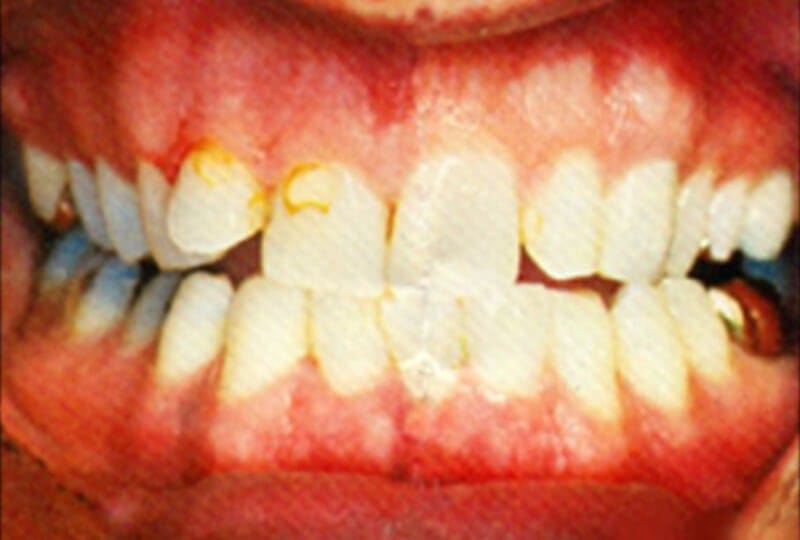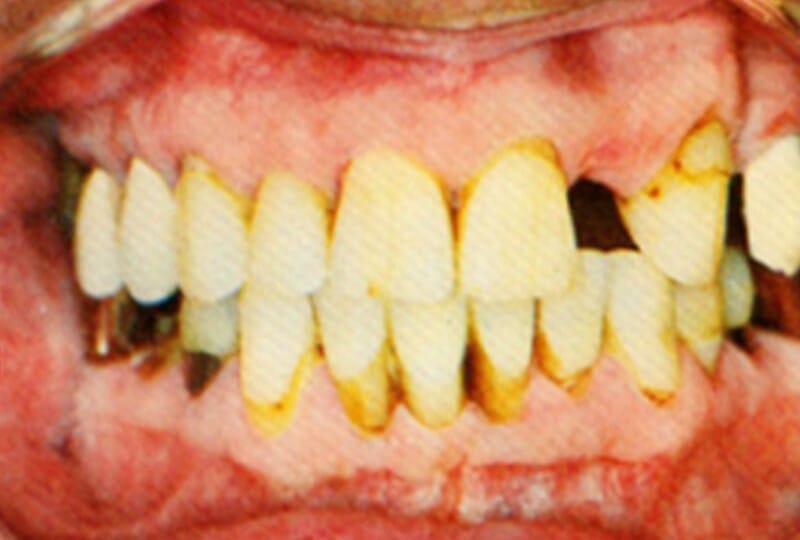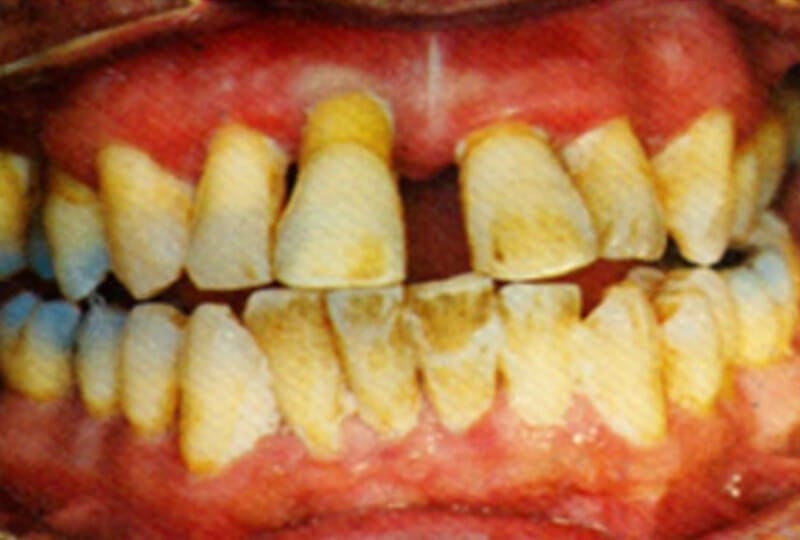PERIODONTAL GUM DISEASE: EVERYTHING YOU SHOULD TO KNOW
Periodontal diseases are mainly a result of severe inflammation and infection in your gum tissues and the bone that supports and holds your teeth. In the initial stages, periodontal disease is characterized as gingivitis. During this stage, the gums typically get swollen, tender, and red or easily bleed.
However, if it is not addressed promptly, gingivitis advances and becomes more serious, called periodontitis. It is regarded as the last stage of periodontal disease. In periodontitis, the gums usually pull away from the tooth and may get loosened or even fall out. Periodontal diseases are most commonly seen in adults, but children also suffer from them. Periodontal disease and tooth decay are characterized as the two most significant dangers to oral health.
This article dives into the detail of periodontal diseases to help you understand this oral issue in an improved way. Better understanding is crucial to prevent gum diseases and inhibit their progression.
SYMPTOMS:
If you are experiencing any of the following oral issues, you may have periodontal disease that needs immediate dental attention.
- Swollen or puffy gums.
- Bright red, dark-colored gums.
- Gums that feel tender.
- Gums that are susceptible to bleeding.
- Persistent foul breath.
- Presence of pus between the spaces of your teeth and gums.
- Loss of teeth.
- Painful chewing.
- New unwanted spaces that develop between your teeth.
Furthermore, gum diseases often pull away your gums from your teeth, making your teeth loosened and weak. Nevertheless, periodontitis is quite common and can be prevented with the right and immediate dental intervention.
CAUSES:
Periodontal diseases often arise because of poor oral hygiene routines. Mostly, the development of periodontitis begins with plaque accumulation. It is a sticky film of bacteria, and if not treated at the right time, plaque can ultimately advance to periodontitis. Habits like excessive tobacco consumption, crooked teeth, stress and underlying immune deficiencies can also contribute to the development of gum disease.
RISK FACTORS:
Certain factors raise the risk for periodontal disease:
- Gingivitis.
- Poor oral health care habits.
- Smoking or chewing tobacco.
- Hormonal changes.
- Recreational drug use, such as smoking or vaping.
- Obesity.
- Poor Nutrition.
- Genetics.
- Certain medicines that lead to dry mouth.
- Diseases that reduce immunity, such as leukemia, HIV and cancer.
If treatment is not acquired immediately, the bacteria causing periodontitis can even enter your bloodstream through the gum tissue, potentially impacting your overall health. Advanced-stage periodontitis is associated with issues like diabetes, arthritis, coronary artery disease and various respiratory disorders.
STAGES OF GUM DISEASES:
1. GINGIVITIS:
Gingivitis is the initial and mildest stage of gum disease that can be revered and completely cured. It often results in tender, painful, and swollen gums. People suffering from gingivitis may also notice that they constantly have bad breath, regardless of whether they have cleaned their teeth. The gums may bleed when touched. During the treatment process, orthodontists descale plaque, which helps to reverse the progression of gingivitis.
2. EARLY PERIODONTITIS:
In stage two of gum disease, people usually have sore, tender and swollen gums. In early periodontitis, the infection has typically spread to the bone and impacts bone tissues with highly aggressive bacteria. If left untreated for prolonged periods, this stage of periodontitis can even harm your underlying jaw.
3. MODERATE PERIODONTITIS:
Moderate periodontal disease is the third stage of gum disease, which recedes your gums and makes them sore. At this point, teeth are more easily and quickly damaged and deteriorated. During this stage of gum disease, teeth also become loose, and the jaw begins to become infected as well.
If someone is suffering from moderate periodontitis, they may sometimes also experience a foul-tasting discharge from their gums. This severe condition requires a quick visit to your dental professional.
4. ADVANCED PERIODONTITIS:
Advanced periodontitis is considered the final stage of gum disease. Without prompt dental intervention, patients will likely lose or at least loosen their teeth during this phase. The infection also severely impacts the jawbone. Patients suffering from final-stage periodontitis also experience chronic pain in their gums.
PREVENTION:
In order to prevent or manage gum disease, it is crucial to brush and floss your teeth daily to remove the food debris and bacteria that can induce gum disease. Also, make sure to see a dentist periodically for in-depth oral cleanings and regular checkups. This will certainly help you minimize your risk of developing oral health issues, specifically gum diseases.
TYPES OF PERIODONTAL DISEASE:
There are typically four types of periodontal diseases:
- Aggressive Periodontitis: It is a rare form of periodontal disease, which is characterized by rapid bone destruction and attachment loss. Early identification and treatment can certainly help prevent severe oral complications.
- Chronic Periodontitis: This is the most common type of periodontitis and is developed due to the recession of the gum line. It results in the infection of supporting tissues of the teeth and substantial bone loss. It is generally prevalent in adults but can happen at every age.
- Periodontitis: This often starts at a young age. Conditions like diabetes, respiratory diseases and cardiovascular issues are all linked to this type of periodontal disease.
- Necrotizing Periodontal Disease: This infection results in the death of the alveolar bone, gingival tissues, and periodontal ligament. This is most commonly observed in individuals with health conditions such as HIV or malnutrition.
TREATMENTS:
Treatment for gum disease can either be nonsurgical or surgical, depending on the severity of gum disease and the patient’s oral and overall health.
1. NONSURGICAL TREATMENTS:
If periodontitis is in its initial stages, treatment may involve less invasive procedures, including:
- Scaling
- Root Planing
- Antibiotics
2. SURGICAL TREATMENTS:
If periodontitis has progressed to advanced stages, in such cases, patients may need dental surgery, such as:
- Flap Surgery
- Soft Tissue Grafts
- Bone Grafting
- Guided Tissue Regeneration
- Tissue-stimulating Proteins















